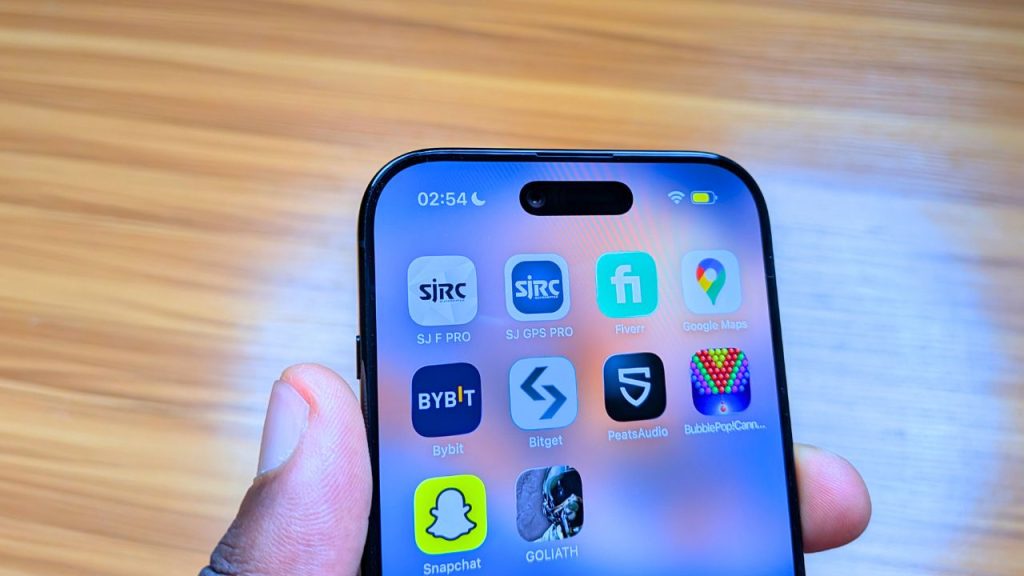
In Apple’s pursuit of the thinnest iPhone yet, it eliminated several components from the iPhone Air, including its stereo speaker.
Unlike older iPhones, which feature a two-speaker system, the iPhone Air is equipped with a mono speaker at the top of the phone, serving as the main speaker and the earpiece for both calls and main audio.
Imagine listening to a podcast in a bustling café or trying to catch the subtleties of a video call during your morning commute. With stereo, you would enjoy a richer, more immersive sound with clarity and depth that makes distinguishing voices easier.
However, with the mono speaker on the iPhone Air, the audio can feel flat, and ambient noise can easily overwhelm the speaker’s output, making it harder to focus on what the person on the other end is saying.
Although this makes the iPhone lighter, it can become an inconvenience. If you prioritize speaker quality and avoid using external devices like earbuds or headphones, consider this limitation before choosing the iPhone Air.
While testing, I couldn’t help but notice how the iPhone Air Speaker struggled in outdoor environments, especially in urban and metro areas.
For commuters using public transit or the metro, be aware that communicating or hearing voice notes and calls may be difficult when using the loudspeaker.
To put this in perspective, I measured the ambient noise on a subway platform and found it averaged around 80-85 decibels (dB). In comparison, I tested the iPhone Air’s maximum speaker volume and recorded an output of about 75 dB. This means the phone’s audio output is actually lower than the surrounding noise in these environments, making it difficult to hear clearly with the loudspeaker.
If you still prefer this device, consider investing in quality earbuds. If you dislike using earbuds or earpieces, test the iPhone Air speaker in-store before purchasing. This ensures you understand its performance in real-world conditions.